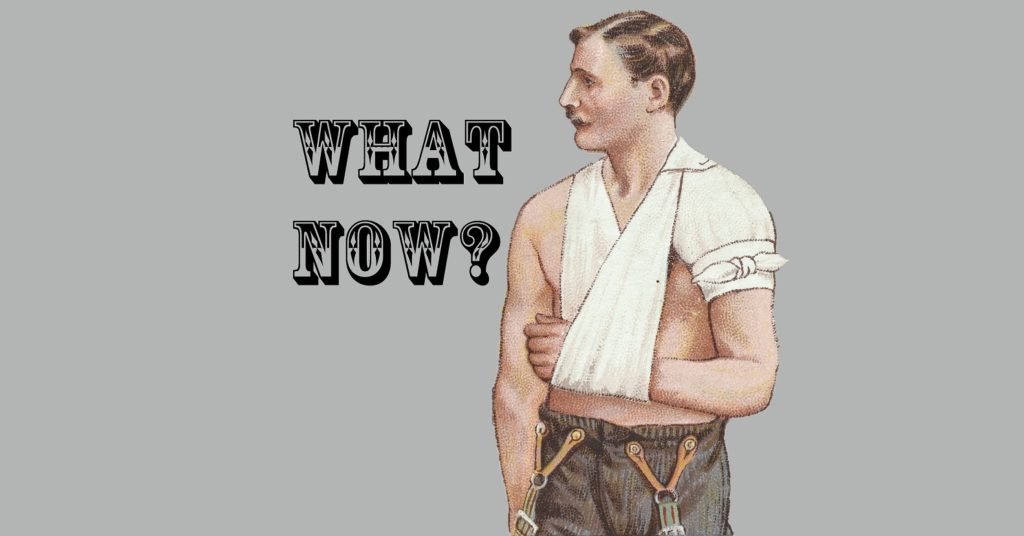Last week Dr. Favero shared a short, 1 minute teaser about Frozen Shoulder. Here’s the rest of the story.
Pain can make us do weird things. We start moving differently. We compensate. We avoid painful movements. In the case of shoulder injuries, we start using the other arm and avoid using the injured arm to reach high for things, or even brush our teeth. In the end, we might not be able to barely move that arm at all.
Frozen shoulder, or adhesive capsulitis, can be totally debilitating and lead to loss of movement in a person’s shoulder that first started as a simple injury. The fibers around the shoulder, including the joint capsule itself, don’t get proper nutrition from movement and become stiff and rigid.
What should you do about it?
Step one – see a professional. Do this as soon as possible to get a full evaluation and to diagnose the severity of your injury. The longer you let this go, the worse it WILL get. Your chiropractor may determine you are a good case for treatment, but some cases (such as significant tendon, ligament, or labrum tears) may require further referral for medication, injections, or surgery.
Step two – decrease the pain, increase the movement. This may be done with chiropractic adjustments and supporting treatments like cold laser or ultrasound therapy.
Step three – loosen and strengthen. Compensation patterns often lead to some areas becoming too weak and loose, while others become too strong and tight. This imbalance can cause other pains and complications, so needs to discovered and corrected in order to break those bad patterns and bring lasting relief.
Learn more about chiropractic: What is Chiropractic?
